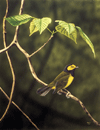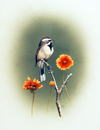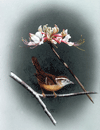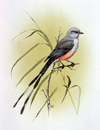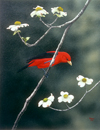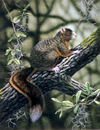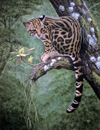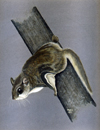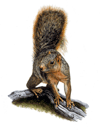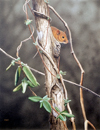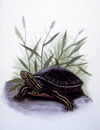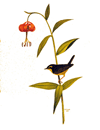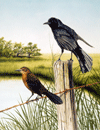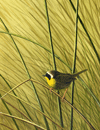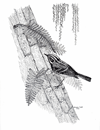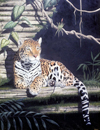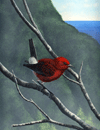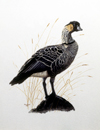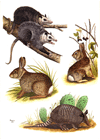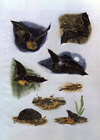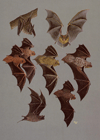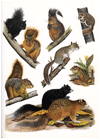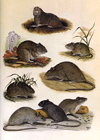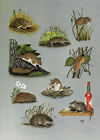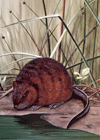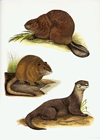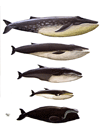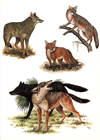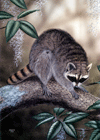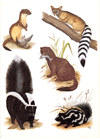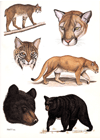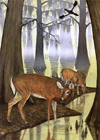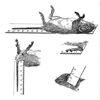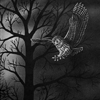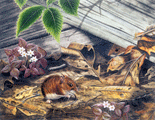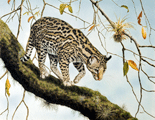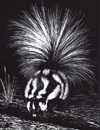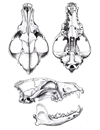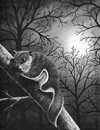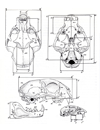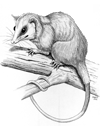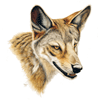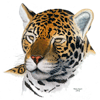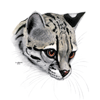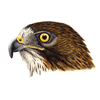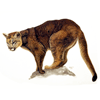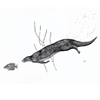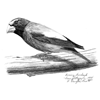
Copyright 2009-2024. All Rights Reserved.

American Masters Series
The Mammals of Louisiana and its Adjacent Waters
My first few years at LSU were extremely important to my career development. Although I was officially a zoology student, on the side, with encouragement from my major professor Dr. George Lowery, I was also informally learning the craft of biological illustration. LSU at the time was something of a center for bird artists. Both John O’Neill and Jon Janosik were there, and willingly shared their knowledge with me. John, in particular, showed me how to paint with gouache (opaque watercolor), demonstrated the use of airbrush for photographic backgrounds, and let me look over his shoulder as he worked on plates for a book on birds of Trinidad and Tobago. Early in my first semester, at the weekly seminar held at Dr. Lowery’s home, he asked if any of us knew of anyone who could illustrate his new book on the mammals of Louisiana. Although my main interest had always been birds, I saw the opportunity and did a few trial paintings of mammals including the flying squirrel shown here. They were good enough that Lowery offered me the job. The project proved to be a clinic in biological illustration because I not only had to do color plates, but text figures that ranged from measurable drawings of skulls to decorative vignettes for chapter headings. So I was thrown into a major illustration job with a deadline, and had to sink or swim as best I could. Along with the book illustrations, I had the opportunity to do a series of mammal paintings for American Masters, a print company in Houston, TX. In these, I applied all that I had learned from colleagues and the book project to produce paintings that were, again, at a level that I had not attained before. Then, when I returned to birds after publication of the mammal book in 1974, my birds were better. I often say that I learned to paint birds by painting mammals! The next big project was the series for the Hawaii State Foundation on Culture and the Arts (next section), and it was not only a part of my second “great leap forward” but established my reputation nationally when some of the paintings were published in National Wildlife in 1977.
